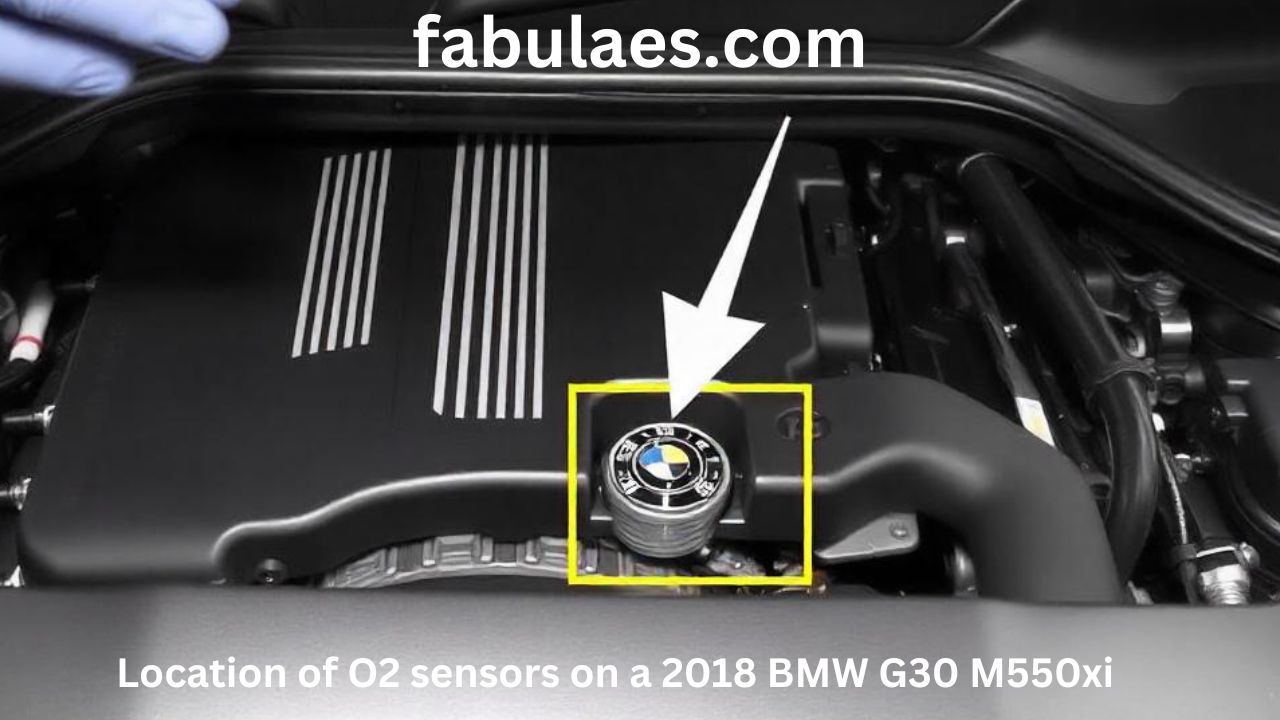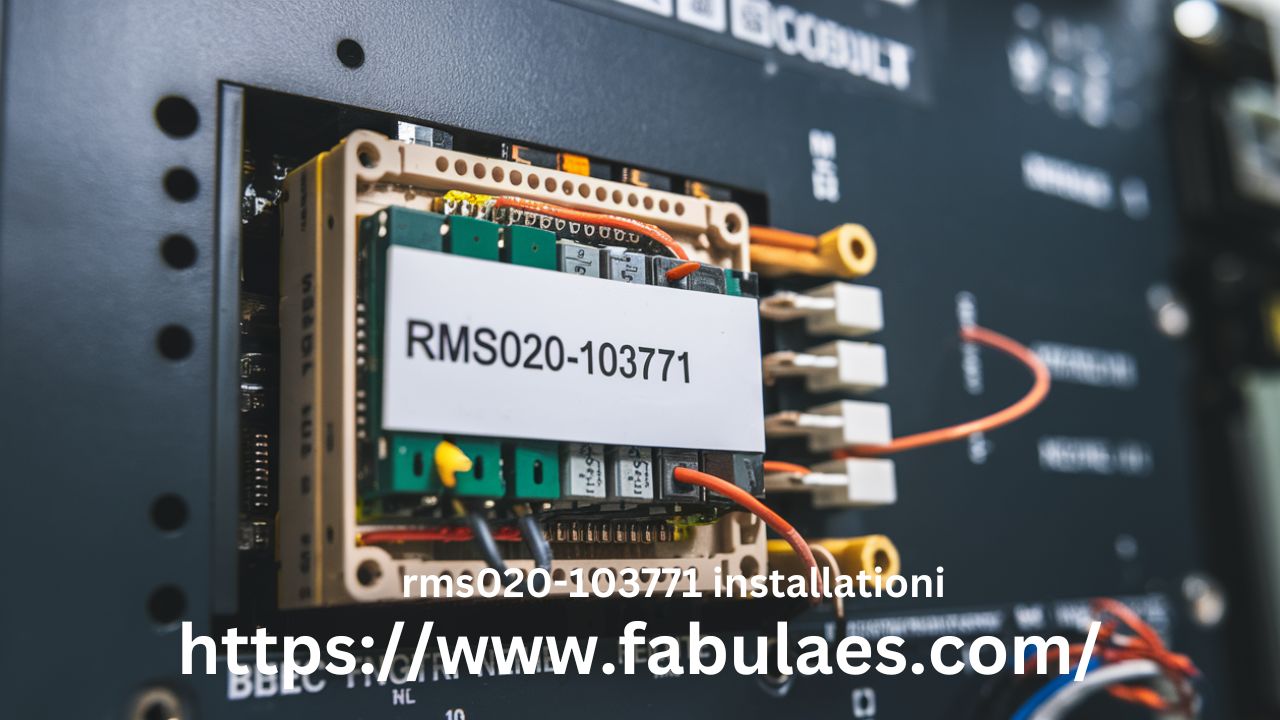Understanding the location of O2 sensors on a 2018 BMW G30 M550xi is essential for maintaining engine performance and emissions compliance. These sensors monitor the exhaust system, providing critical data to ensure the air-fuel ratio remains balanced. Without a doubt, knowing where they are simplifies maintenance, making repairs far more efficient.
Why Are O2 Sensors Important?
Oxygen sensors, commonly known as O2 sensors, measure the oxygen levels in exhaust gases leaving the engine. These sensors, therefore, play a pivotal role in ensuring the engine operates efficiently while reducing harmful emissions.
Additionally, the car’s engine control module (ECM) uses the data from O2 sensors to adjust the air-fuel mixture. This adjustment improves fuel economy and ensures the vehicle meets strict emissions standards. When a sensor fails, performance issues, including increased fuel consumption, often follow.
Overview of the G30 M550xi’s Exhaust System
The 2018 BMW G30 M550xi features a twin-turbocharged 4.4-liter V8 engine, referred to as the N63B44. This advanced engine includes a complex exhaust system designed to optimize performance while meeting environmental regulations.
The exhaust system consists of four O2 sensors: two upstream (pre-catalytic converter) and two downstream (post-catalytic converter). Therefore, understanding their locations is critical for diagnosing issues or replacing faulty sensors.
Upstream O2 Sensor Locations
The upstream sensors are positioned between the exhaust manifold and the catalytic converters. These sensors, also called pre-cat sensors, measure the oxygen levels in exhaust gases directly exiting the engine.
- The first upstream O2 sensor is located on the driver’s side near the exhaust manifold.
- The second upstream O2 sensor can be found on the passenger’s side in a similar position.
Because these sensors send data to the ECM, they ensure the air-fuel mixture adjusts for optimal combustion.
Downstream O2 Sensor Locations
Downstream sensors, also referred to as post-cat sensors, are placed after the catalytic converters on both exhaust banks. These sensors monitor the efficiency of the catalytic converters by analyzing the remaining oxygen in the exhaust.
- The downstream O2 sensor for Bank 1 is located on the driver’s side, slightly beyond the catalytic converter.
- The downstream O2 sensor for Bank 2 is positioned on the passenger’s side, directly after the catalytic converter.
By comparing data from upstream and downstream sensors, the ECM determines whether the catalytic converters are functioning correctly.
How to Access the O2 Sensors for Maintenance
Accessing the O2 sensors on the BMW G30 M550xi requires preparation due to the vehicle’s intricate design. Fortunately, with the right tools and a systematic approach, you can inspect or replace these sensors without difficulty.
- Prepare the Vehicle: Always disconnect the battery to prevent accidental electrical issues while working.
- Raise the Car Safely: Use a jack and jack stands to lift the vehicle, ensuring enough clearance to access the undercarriage.
- Locate the Sensors: Follow the exhaust pipes from the engine toward the catalytic converters to identify each sensor.
- Use the Proper Tools: A specialized O2 sensor socket ensures smooth removal and installation without damaging the threads.
Symptoms of Faulty O2 Sensors
A failing O2 sensor can lead to several noticeable issues. Identifying these problems early can save both time and money.
- Illuminated Check Engine Light: A malfunctioning sensor will often trigger the check engine light, prompting further diagnostics.
- Poor Fuel Economy: If the ECM receives incorrect data, the air-fuel ratio may become unbalanced, causing increased fuel consumption.
- Engine Misfires or Rough Idling: Faulty sensors can disrupt combustion, leading to uneven engine performance.
- Excessive Emissions: When sensors fail, catalytic converters may not perform efficiently, resulting in higher emissions.
Tools Required for O2 Sensor Replacement
To replace the O2 sensors efficiently, it is essential to have the proper tools. These tools ensure that the process is smooth and free from unnecessary complications.
- O2 Sensor Socket: A specialized socket designed for easy removal and installation of sensors.
- Torque Wrench: Ensures the sensors are tightened to the correct specifications.
- Penetrating Oil: Loosens stubborn or corroded sensors for easier removal.
- Safety Gear: Gloves and safety glasses protect against potential injuries during the process.
By using the correct tools, you can avoid damaging the sensors or surrounding components.
Tips for Maintaining O2 Sensors
Proper maintenance ensures the longevity and performance of the O2 sensors. By following these tips, you can minimize the likelihood of sensor failure.
- Use High-Quality Fuel: Low-grade fuel increases carbon buildup, which can interfere with sensor function.
- Inspect for Exhaust Leaks: Leaks can cause incorrect readings, leading to inaccurate ECM adjustments.
- Regular Maintenance: Routine inspections help identify potential issues early, preventing more significant problems.
- Address Engine Issues Promptly: Problems like misfires or oil leaks can negatively impact sensor performance.
Maintaining these sensors not only extends their lifespan but also ensures your vehicle runs smoothly.
Why Knowing Sensor Locations Matters
Knowing the location of O2 sensors on a 2018 BMW G30 M550xi simplifies diagnostics and repairs, especially when troubleshooting performance issues. Furthermore, it ensures you address problems efficiently, preventing unnecessary delays or expenses.
Whether replacing a faulty sensor or inspecting the system, this knowledge saves time and improves accuracy. Additionally, it helps maintain the vehicle’s fuel efficiency and environmental compliance.
FAQs
Where are the O2 sensors on the 2018 BMW G30 M550xi?
The sensors are located before and after the catalytic converters on both exhaust banks.
How many O2 sensors are in the G30 M550xi?
The vehicle has four O2 sensors: two upstream and two downstream.
What tools are needed to replace an O2 sensor?
An O2 sensor socket, torque wrench, penetrating oil, and basic safety gear are essential for replacing the sensors.
What are common signs of a faulty O2 sensor?
Symptoms include a check engine light, poor fuel economy, rough idling, and increased emissions.
Can I replace O2 sensors myself?
Yes, with the right tools and knowledge, you can replace them yourself. However, professional assistance is advisable for complex issues.
Why are O2 sensors important for the G30 M550xi?
They monitor exhaust gases, ensuring the engine operates efficiently while reducing harmful emissions.
Conclusion
The location of O2 sensors on a 2018 BMW G30 M550xi plays a crucial role in ensuring the vehicle’s performance and emissions compliance. By understanding their positions and functions, you can address issues effectively and maintain your car’s efficiency. Whether for routine inspections or replacing faulty components, this knowledge empowers you to care for your BMW confidently.










